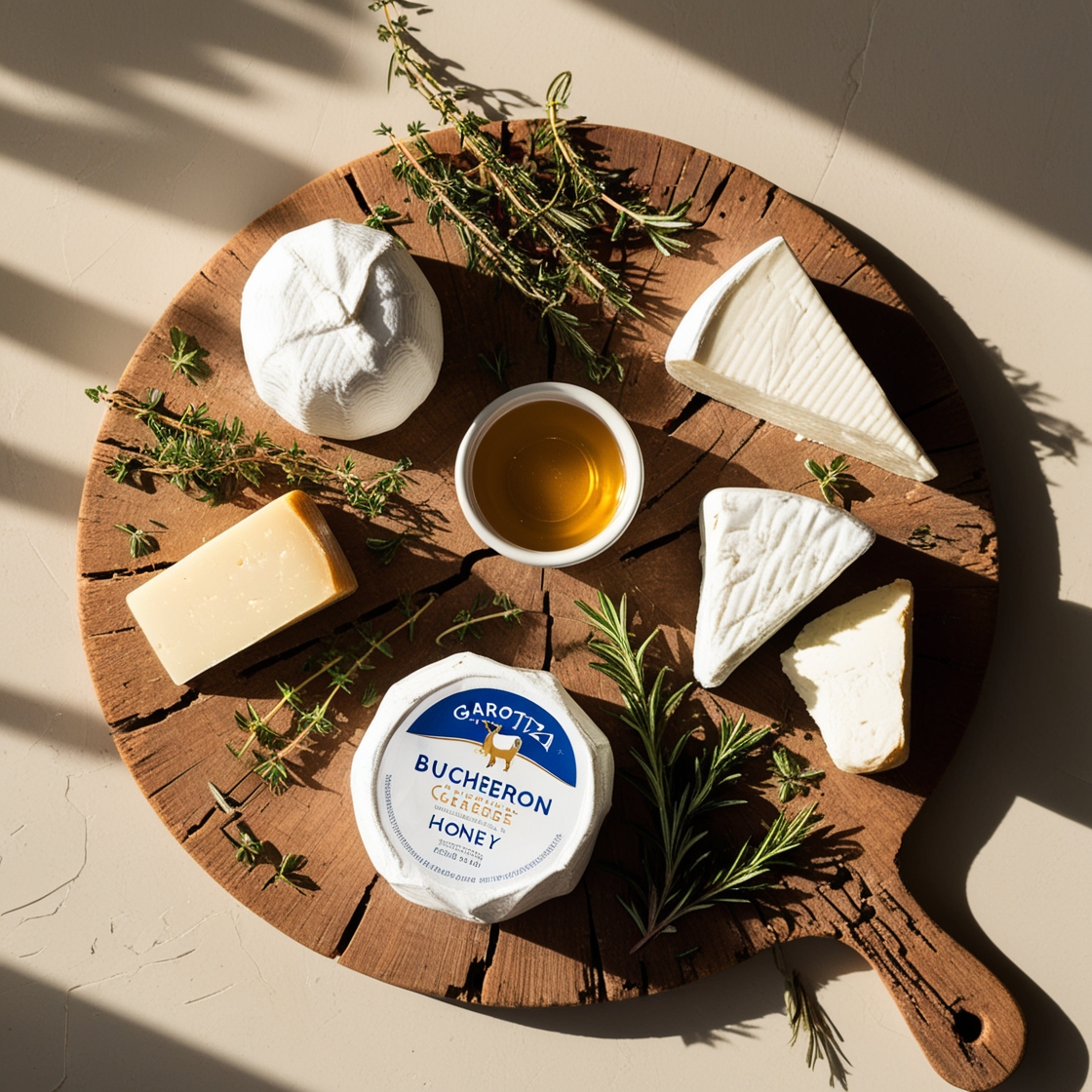
Types of Goat Cheese: The Complete Guide to Goat Milk Cheese Varieties
Key Takeaways
| Goat Cheese Type | Texture | Aging Time | Flavor Profile | Best Uses |
|---|---|---|---|---|
| Fresh (Chèvre) | Soft, creamy | None to 2 weeks | Tangy, lemony | Spreads, salads, cooking |
| Soft-ripened | Creamy with rind | 2-8 weeks | Complex, mushroomy | Cheese boards, eating plain |
| Semi-firm | Firm but pliable | 2-6 months | Nutty, intense | Melting, slicing, snacking |
| Hard aged | Firm, sometimes crystalline | 6+ months | Concentrated, caramel notes | Grating, cooking, pairing with wine |
| Blue | Soft with blue veins | 2-3 months | Bold, spicy | Salads, sauces, cheese boards |
Introduction to Goat Cheese Varieties
Goat cheese, known as chèvre in French (literally meaning 'goat'), has exploded in popularity over the past decade. You've probably noticed more varieties poppin up in your local cheese shop or supermarket. What makes these cheeses so special? It's all about that distinctive tang and incredible versatility - from the soft, spreadable fresh stuff to complex aged varieties that rival any fancy cow's milk cheese.

Unlike cow's milk cheese, goat milk cheese brings a unique character to the table. The milk itself contains different fats and proteins, which give the cheese its characteristic flavors. Goats are also less picky eaters than cows, often munching on a varied diet of plants that can influence the flavor of their milk.
The world of goat cheese is surprisingly vast. Did ya know there are hundreds of varieties produced globally? From the Loire Valley in France to small American farms in Vermont and California, cheesemakers craft everything from fresh tangy logs to complex aged wheels that develop incredible depth over time.
Fresh Goat Cheese (Chèvre)
Fresh goat cheese is probably what most people think of when someone mentions goat cheese. It's that bright white, tangy stuff that comes in logs, discs, or tubs. This is the simplest form of goat cheese, made with minimal processing and no aging.
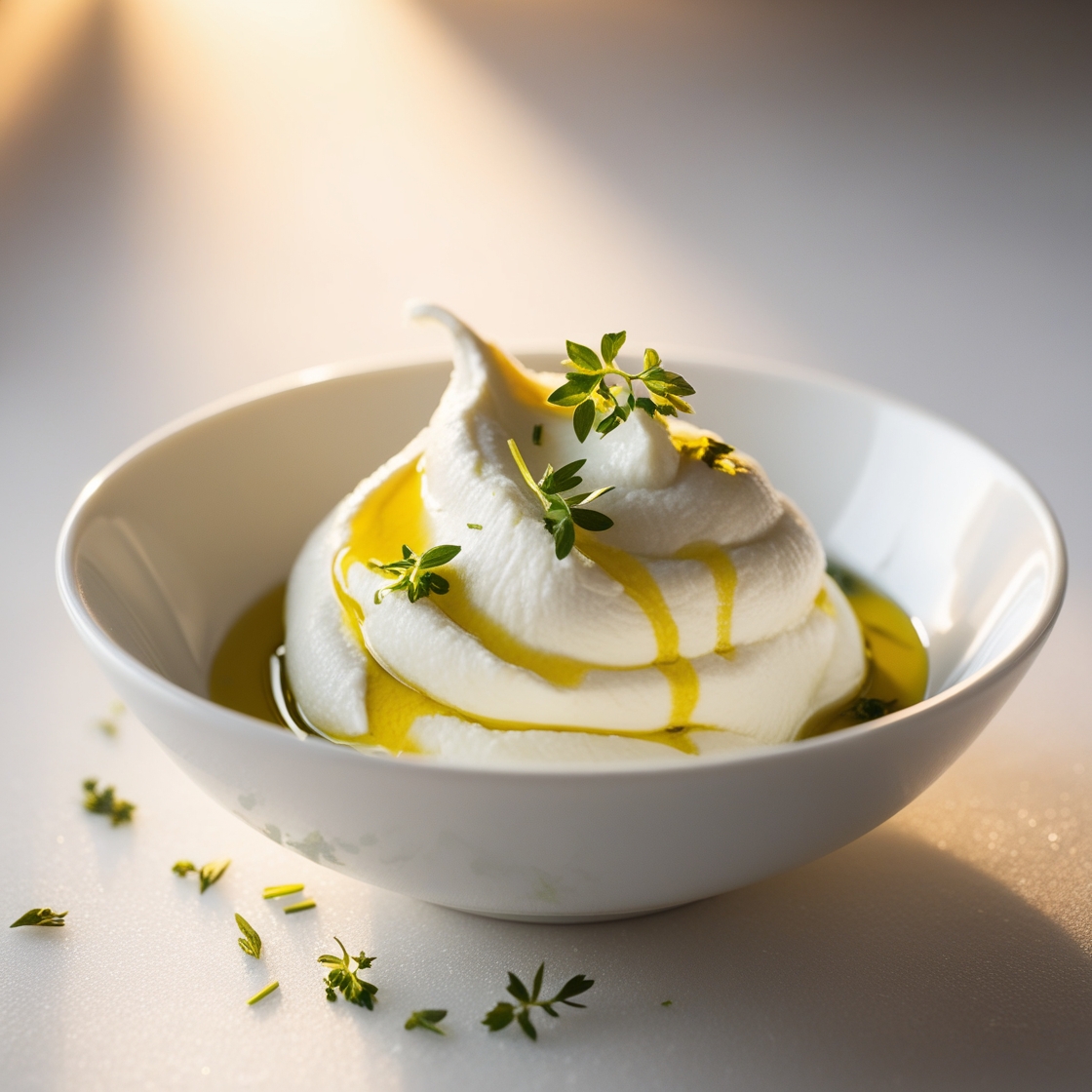
The production process is pretty straightforward. Goat's milk is heated and combined with cultures and rennet, which causes it to separate into curds and whey. The curds are then drained, sometimes salted, and packaged. It's quick too - fresh chèvre can be ready to eat in just a couple days.
What makes fresh goat cheese so popular is its versatility. You can spread it on crackers, crumble it over salads, or use it in cooking where it adds a creamy tanginess without completely melting away like some cow's milk cheeses. Many producers also mix in herbs, pepper, honey, or other flavorings to create different varieties.
Nutritionally, fresh goat cheese has some advantages over cow's milk counterparts. It's typically lower in fat and calories while delivering more calcium per serving. Many people who have trouble digesting cow's milk find that goat cheese doesn't cause the same discomfort - this is due to different protein structures that can be easier on the digestive system.
I once tried making fresh chèvre at home, and let me tell ya, it was a revelation! The process was simpler than I expected, and the resulting cheese had a brightness that store-bought versions rarely match. If you're feeling adventurous, it's definitely worth trying as a weekend project.
Soft-Ripened Goat Cheese
Soft-ripened goat cheeses take the complexity up several notches. These cheeses develop a white bloomy rind (similar to what you'd see on Brie or Camembert) through controlled aging. The rind isn't just for show - it transforms the cheese from the outside in.
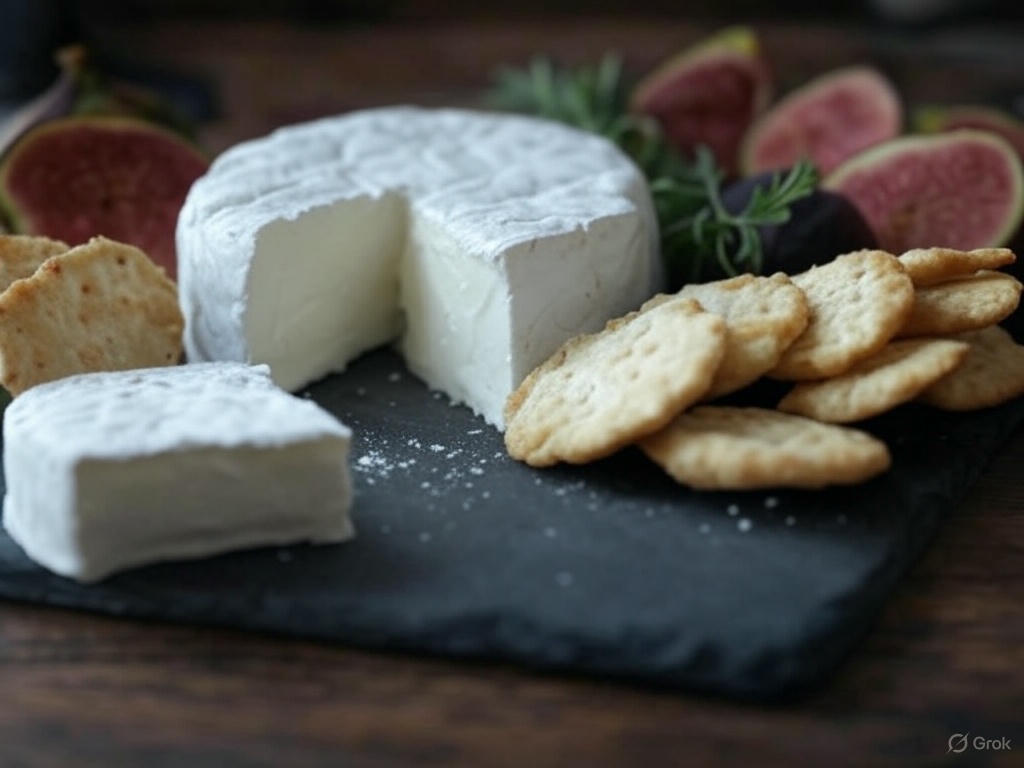
The magic happens during aging, which typically lasts between 2-8 weeks. During this time, the cheese develops a fascinating contrast between the mushroomy rind, the creamy layer just beneath it, and the firmer center. As it continues to age, this ripening progresses inward, eventually creating a uniformly creamy texture throughout.
Humboldt Fog from Cypress Grove is probably the most famous American example of this style. It features a distinctive gray ash layer running through the middle (inspired by traditional French cheeses) and ripens into a gooey, complex delight. Another standout is Vermont Creamery's Bonne Bouche, a small disc that develops incredible complexity over its 8-week aging period.
The flavor profile of these cheeses is way more complex than fresh chèvre. You'll notice mushroomy, earthy notes from the rind, while the paste retains some of that characteristic goaty tang but transformed into something more nuanced. There's often hints of lemon, fresh bread, and sometimes even notes of black walnut as they age.
I served a perfectly ripened soft-ripened goat cheese at a dinner party last year, and one of my friends who claimed to hate goat cheese became an instant convert. That's the beauty of these cheeses - they offer a completely different experience than the fresh varieties most people are familiar with.
Aged and Firm Goat Cheese
When goat cheese is aged for extended periods (typically two months or longer), something remarkable happens. The moisture content decreases, the texture becomes firmer, and the flavors concentrate into something completely different from their fresh counterparts.
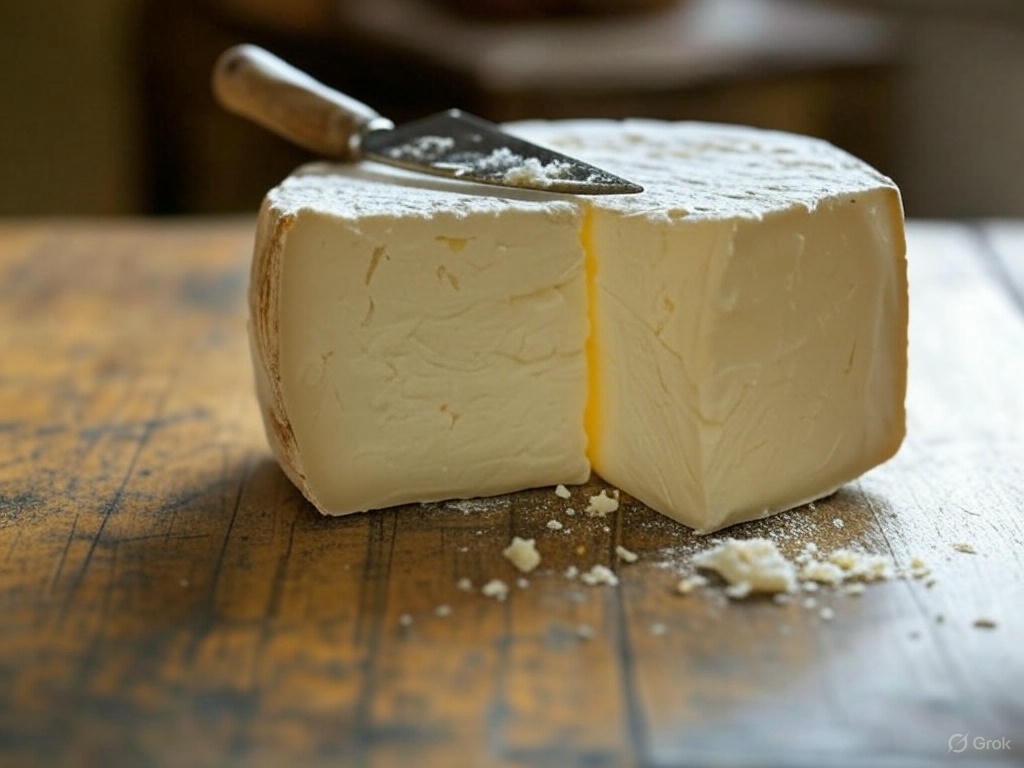
The transformation of goat cheese through aging is fascinating. What starts as tangy and bright evolves into something nutty, complex, and often develops caramel-like qualities. Some very well-aged goat cheeses even develop small crunchy crystals similar to what you'll find in aged Parmigiano Reggiano.
Texture-wise, these cheeses become firm enough for slicing and grating, making them incredibly versatile in the kitchen. You can shave them over pasta, melt them into sauces, or simply enjoy them on a cheese board with some honey or preserves.
Cypress Grove produces several outstanding aged goat cheeses. Their Midnight Moon, aged for at least six months, develops a smooth, caramel-like sweetness with a firm texture that's perfect for both snacking and cooking. It's aged in the tradition of Dutch Gouda but made with goat's milk for a distinctive twist.
Semi-firm aged goat cheeses hit a sweet spot between fresh and fully aged varieties. They retain some moisture and a bit of that characteristic tang, but also develop the more complex notes that come with aging. These medium-aged cheeses are great gateway options for people who find very fresh goat cheese too tangy or very aged cheese too intense.
If you've only ever tried fresh goat cheese, the aged varieties will be a revelation. They're perfect for anyone who thinks they don't like goat cheese - the aging process mellows out the strong tangy notes while adding complexity that appeals to even the most discerning cheese lovers.
French Goat Cheese Traditions
France is the undisputed champion of goat cheese variety, with a cheese-making tradition dating back centuries. Different regions throughout the country have developed their own distinctive styles, many of which have protected designation of origin status to ensure authentic production methods.
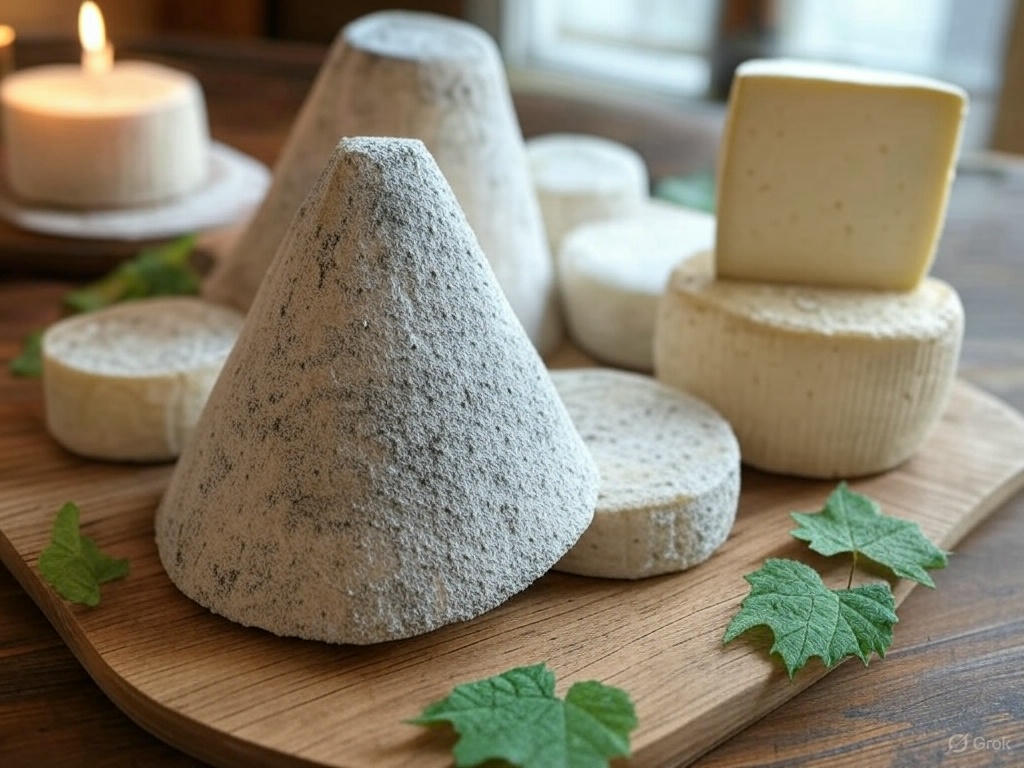
The Loire Valley is particularly famous for its goat cheeses. This region produces iconic varieties like Crottin de Chavignol, a small drum-shaped cheese that transforms dramatically as it ages - from bright and fresh when young to intensely complex and firm when mature. Sainte-Maure de Touraine is another Loire Valley classic, easily identified by the straw running through its center (originally used to keep the cheese together but now primarily decorative).
Valençay is immediately recognizable by its truncated pyramid shape covered in vegetable ash. Legend says it was originally a perfect pyramid until Napoleon, returning from his unsuccessful Egyptian campaign, saw the cheese and angrily lopped off the top with his sword. While probably not true, it's a great story that adds to the cheese's mystique.
French goat cheeses come in an astonishing variety of shapes - logs, pyramids, discs, buttons, hearts, leaves, and more. These aren't just for show - the shape affects how the cheese ages and the ratio of rind to paste, which influences the overall flavor experience.
I had the chance to visit a small goat cheese producer in the Loire Valley a few years back. The cheesemaker explained that their goats graze on different pastures throughout the season, and you can actually taste subtle differences in cheeses made at different times of year. This connection to terroir (the complete natural environment) is something French producers take very seriously.
Spanish and Italian Goat Cheese
While France might get most of the glory, Spain and Italy produce some truly outstanding goat cheeses with their own distinctive characteristics shaped by local traditions and terroir.

Spanish goat cheese includes gems like Garrotxa, a semi-firm cheese from Catalonia with a velvety texture and delicate, slightly nutty flavor. Despite nearly disappearing in the 1980s, it was revived by young cheesemakers and is now considered one of Spain's finest cheeses. Majorero from the Canary Islands carries protected designation of origin status and offers a firm texture with a distinctive piquant flavor.
One of Spain's most recognizable goat cheeses is Queso de Murcia al Vino, commonly known as "Drunken Goat." This semi-firm cheese is washed in red wine during aging, giving it a distinctive purple rind and subtle wine-influenced flavor. It's milder than many goat cheeses, making it a great introduction for those new to the category.
Italian goat cheese traditions include versatile varieties like Caprino, which can be enjoyed fresh or aged. The term is somewhat generic in Italy, simply referring to cheese made from goat's milk, with different regions producing their own variations. Some are rolled in herbs, others in pepper or ash, creating a wide range of options.
Robiola is another Italian classic, though it often incorporates mixed milks including goat. These small, soft cheeses from the Piedmont region can range from fresh to moderately aged, developing more complex flavors over time while maintaining a creamy texture.
Some of my Italian friends swear that the best way to enjoy a young Italian Caprino is with just a drizzle of outstanding olive oil and a sprinkle of freshly ground black pepper. I've tried this simple preparation, and it's hard to argue with their wisdom!
American Artisanal Goat Cheese
The American goat cheese scene has exploded over the past few decades, evolving from simple imitations of French styles to truly original creations that stand among the world's finest cheeses.
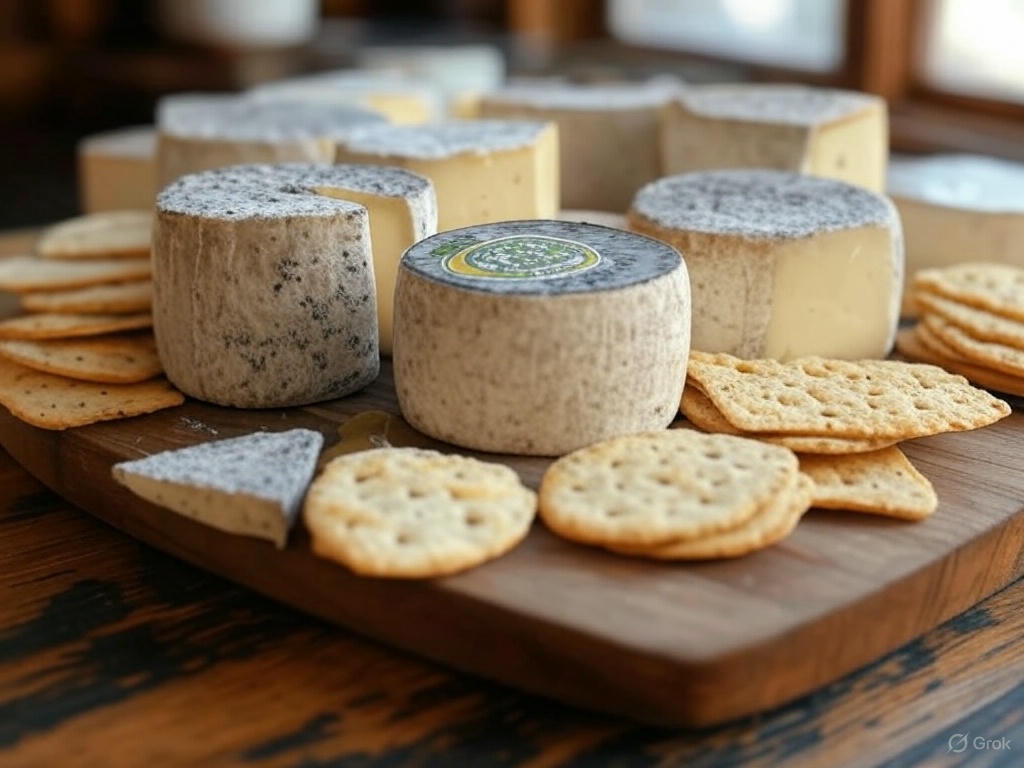
Cypress Grove, founded by Mary Keehn in the 1980s, helped pioneer artisanal goat cheese in America. Their Humboldt Fog has achieved iconic status with its distinctive ash layer and progressive aging that creates a complex flavor profile. This cheese has inspired countless other American producers and helped elevate American cheese on the international stage.
Vermont Creamery represents another pioneering force in American goat cheese. Founded by Allison Hooper after she spent time learning cheesemaking in France, the creamery produces exceptional cheeses like their acclaimed Bonne Bouche, a small ash-ripened cheese with a geotrichum rind that develops exceptional flavor complexity during its aging process.
Other notable American producers include Cowgirl Creamery, whose St. Pat is wrapped in nettle leaves; Capriole, known for their bourbon-soaked and spice-dusted Sofia; and Lively Run Dairy, offering specialties such as Cayuga Blue and Finger Lakes Gold Reserve.
What's exciting about American goat cheese is the spirit of innovation combined with respect for tradition. American cheesemakers aren't bound by centuries of tradition, giving them freedom to experiment with unique aging techniques, flavor additions, and cheese formats while still maintaining high quality.
I've been lucky enough to visit several small goat cheese producers across the country, and the passion these cheesemakers bring to their craft is inspiring. Many are relatively new to the business, coming from completely different careers but united by their love of great cheese and sustainable agriculture.
The Science Behind Goat Cheese Flavor
The distinctive flavor profile of goat cheese isn't just a matter of preference - it's rooted in fascinating science that explains why these cheeses taste so different from their cow's milk counterparts.
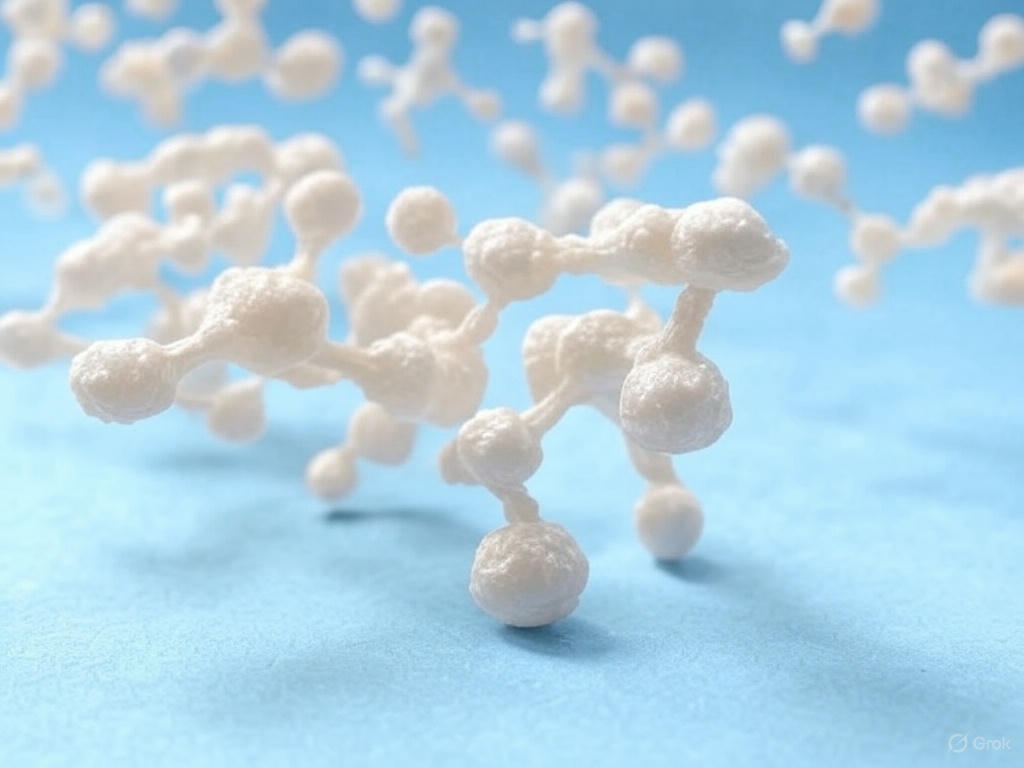
Goat's milk contains higher concentrations of three specific medium-chain fatty acids: caproic, capric, and caprylic acids. These compounds contribute directly to what we recognize as that characteristic "goaty" flavor. Interestingly, the word "capric" itself comes from the Latin word for goat, highlighting how fundamental these compounds are to goat milk's identity.
The intensity of goaty flavors varies considerably between different goat cheese varieties. Several factors influence how prominently these flavors appear in the finished cheese. The goats' diet plays a significant role - what they eat directly affects their milk composition. The breakdown of fats during the aging process also impacts flavor intensity, with greater breakdown generally resulting in stronger goaty characteristics.
There's a common misconception that keeping male goats (bucks) with female dairy goats causes stronger goat flavors in the resulting cheese. This idea likely stems from association rather than causation - male goats emit a strong odor, particularly during breeding season, but this doesn't directly transfer to the milk.
Goat cheese offers several nutritional advantages compared to cow milk cheese. It typically contains lower fat content, fewer calories, and reduced cholesterol levels while providing more calcium. A 100-gram serving of goat cheese contains approximately 22 grams of high-quality protein, providing all essential amino acids required by the human body.
Perhaps the most significant advantage for many consumers is digestibility. Many people who experience discomfort with cow's milk products find that goat cheese is easier to digest. This improved digestibility stems from differences in protein structure - the primary protein in goat's milk forms a softer, smaller curd in the stomach that's more easily broken down by digestive enzymes.
As someone who has mild lactose sensitivity, I can personally attest to the difference in digestibility. I can enjoy goat cheese without any of the discomfort I sometimes experience with cow's milk cheeses. This has been a game-changer that's allowed me to keep enjoying cheese without compromise.
Frequently Asked Questions About Goat Cheese
What makes goat cheese taste different from cow cheese?
Goat cheese has its distinct flavor primarily due to three fatty acids: caproic, capric, and caprylic acids. These give goat cheese that characteristic tangy, sometimes described as 'goaty' flavor. The composition of protein in goat's milk is also different from cow's milk, contributing to texture differences between the cheeses.
Is goat cheese healthier than cow cheese?
Goat cheese often has some nutritional advantages over cow cheese. It typically contains less fat, fewer calories, and lower cholesterol while providing more calcium. Many people with mild lactose intolerance can digest goat cheese more easily than cow cheese due to differences in protein structure. However, 'healthier' depends on your specific dietary needs.
How long does goat cheese last?
Fresh goat cheese typically lasts 1-2 weeks refrigerated after opening. Soft-ripened varieties with bloomy rinds generally last 1-3 weeks refrigerated, while aged hard goat cheeses can last several months if properly stored. Always check for signs of spoilage like unusual mold (except the intended rinds), ammonia smell, or slimy texture.
Can I freeze goat cheese?
Fresh goat cheese freezes relatively well compared to other cheese types. Wrap it tightly in plastic wrap, then aluminum foil, and place in a freezer bag. It can last up to 6 months frozen. The texture may change slightly upon thawing, making it better for cooking than serving fresh. Aged and ripened goat cheeses don't freeze as well and should be consumed fresh.
What are the best wine pairings for goat cheese?
Fresh goat cheese pairs beautifully with crisp white wines like Sauvignon Blanc and Sancerre, whose acidity complements the tanginess of the cheese. For aged goat cheeses, try medium-bodied reds like Pinot Noir or Rhône Valley reds. Soft-ripened goat cheeses work well with sparkling wines like Champagne or Crémant. Regional pairings often work well too - French goat cheese with French wine from the same region, for example.
Can I eat the rind on goat cheese?
The rinds on soft-ripened goat cheeses (the white, bloomy rinds similar to Brie) are generally edible and often contribute complex flavors. Natural rinds on aged goat cheeses are also typically edible, though some people prefer to remove them due to their stronger flavor and tougher texture. If a cheese has a wax coating or other artificial rind, these should be removed before eating.
Is goat cheese vegetarian?
Not always. Traditional goat cheese production often uses animal rennet in the cheesemaking process. However, many modern producers use vegetarian rennet (microbial or vegetable-derived) instead. If you follow a vegetarian diet, look for cheeses specifically labeled as vegetarian or contact the producer to confirm their rennet source.
What's the difference between feta and goat cheese?
Traditional feta is made primarily from sheep milk, sometimes with a small amount of goat's milk added. It's brined, giving it a distinctive salty flavor and crumbly texture. Goat cheese typically refers to cheese made predominantly or exclusively from goat's milk and comes in many varieties beyond the brined style. Some 'feta-style' cheeses are made from 100% goat's milk, but authentic Greek feta must contain mostly sheep's milk.